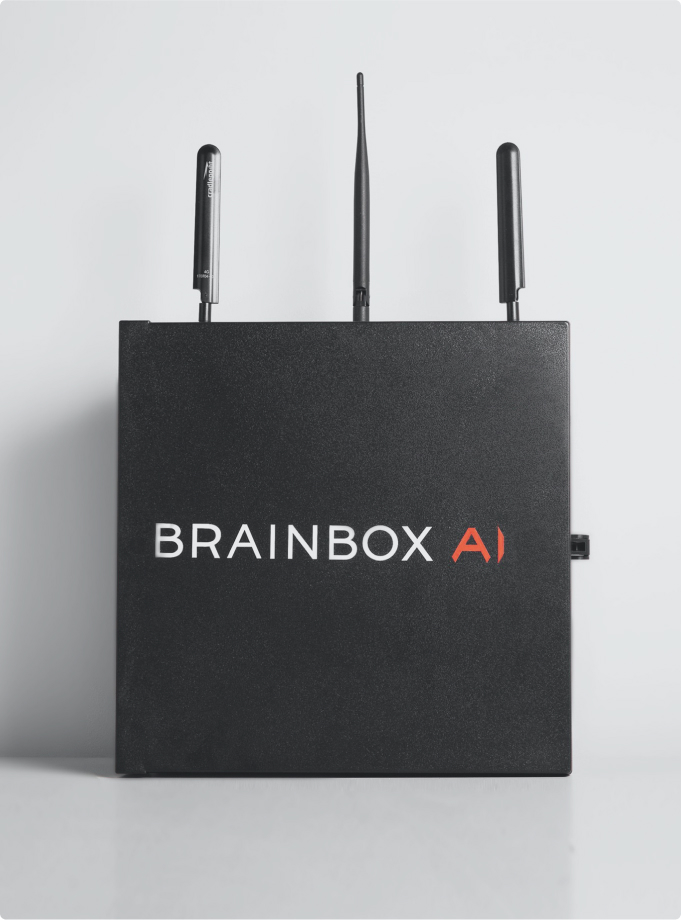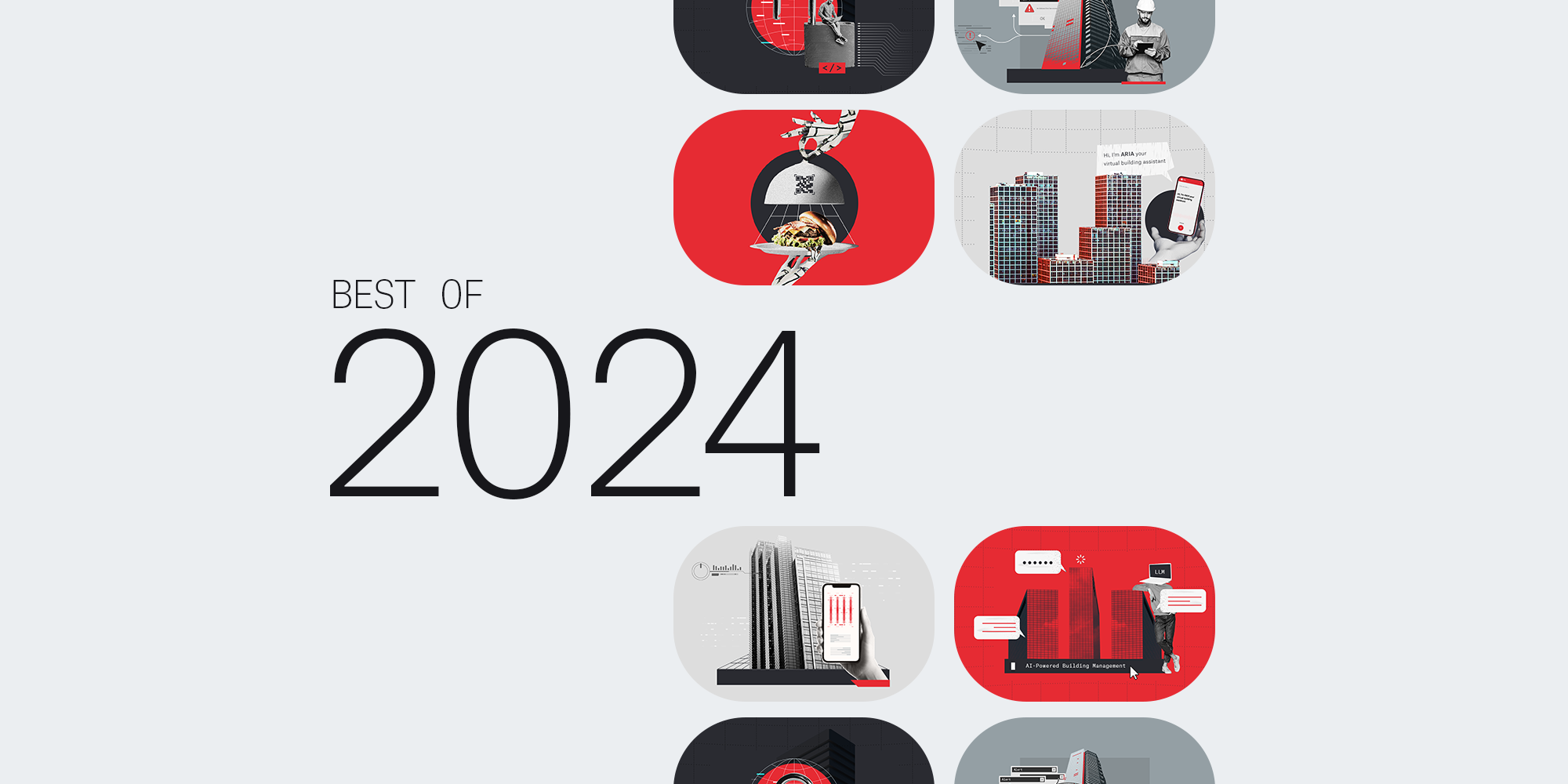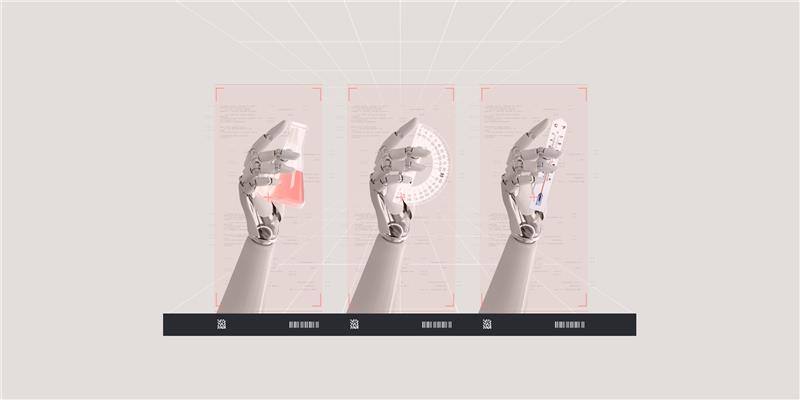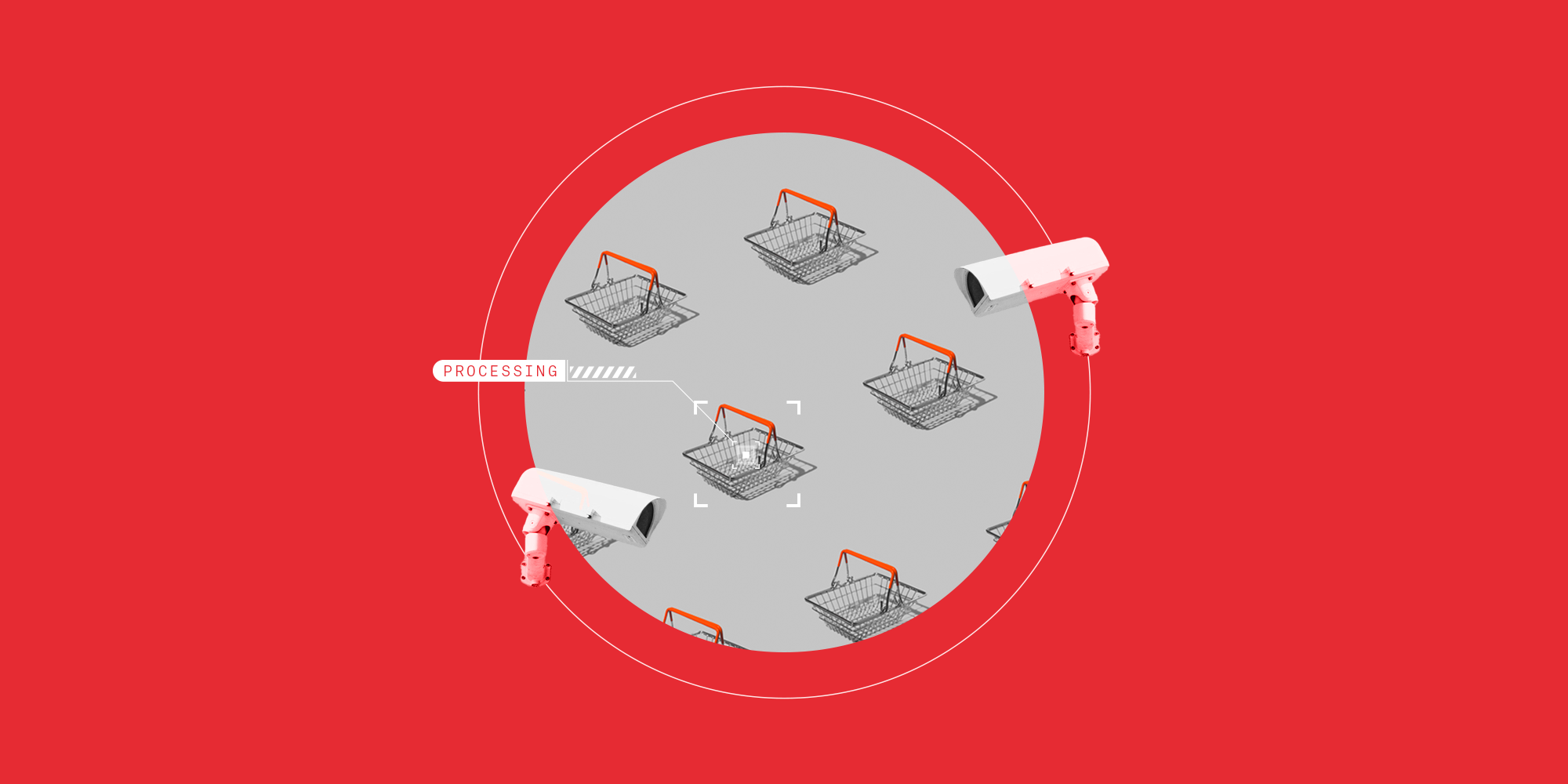Don't let the complexity of demand management scare you

Don't let the complexity of demand management scare you
If there’s one thing we all take for granted, it’s access to energy. Whether we’re turning on the light or booting up our computers, energy is just there.
This attitude isn’t due to some kind of moral failing. It’s human nature. Though billions of people around the world still face limited energy access, those of us in wealthy countries have had access to energy our entire lives. It has become a given.
Throughout history, our ancestors went through several energy transitions that completely revolutionized all sectors of society from industry to transportation and beyond. We are once again at the beginning of an energy transition—the transition to a low carbon economy through the large adoption of renewable energy.
Not only are renewable sources of energy better for the environment, but they’re now often cheaper than emitting ones. Making the switch is a no-brainer. The problem that is seldom talked about is that renewable sources of energy are by their very nature, intermittent; but consumption is not. Compounding this impact is the increased number of prosumers who install small renewables to produce their own energy and sell surpluses to the larger grid, increasing the complexity of maintaining a reliable and resilient grid.
The natural world is predictable yet volatile. The wind doesn’t always blow and the sun doesn’t always shine. We can’t change this. But we can do things in our power to make sure that available energy sources always match demand. And to do that, we’re going to need to rely on demand management.
Energy, demand, and the need for a perfect match
To make intermittent energy supply meet demand, you need flexible energy sources. The use of natural gas currently affords us this flexibility. But of course, we want to move away from natural gas because it disturbs ecosystems, contaminates water sources, produces greenhouse gas, its price is volatile and its availability is impacted by geopolitical forces.
So how do we come up with alternative flexibility solutions? We could rely on fancy innovations and purchase more renewable energy. But this is when an old adage becomes particularly relevant: the most cost-effective and cleanest energy available is the one you already have but aren’t consuming.
To keep the lights on, the energy we produce needs to match our consumption needs. Our energy system is managed by an operator who has two ways to achieve this: increase production or reduce consumption. In general, it costs less to reduce consumption than to increase production. This is demand management.
We all need to make changes to accommodate the climate crisis. However, it’s always messy when we talk about the role of individual actions in the climate crisis. The question becomes philosophical when you consider that 100 companies are responsible for 71% of greenhouse gas emissions since 1988.
Ultimately, we can’t expect standards around physical comfort to change. We need to find a way to serve energy needs without continuing to needlessly destroy our planet.
The power of demand management
Demand management provides the energy grid with flexibility. It allows us to reduce reliance on natural gas by providing the needed flexibility to support the larger inception of renewable energy.
Here’s an example: at BrainBox AI, we perform demand management by turning commercial buildings into thermal energy storage facilities. Think of it as a battery we charge by pre-heating or pre-cooling the building and by releasing the heating or cooling to prevent energy consumption when and where the electrical grid needs it. These benefits start accruing with little start-up costs, and with no big, bulky capital investment; maintaining the same level of comfort for tenants at all times. In the end, it’s a perfect trifecta for the people, the grid, and the planet.
BrainBox AI not only uses the energy stored by an individual building but also aggregates multiple buildings in the same vicinity to create a larger battery. Enabling larger and localized flexibility.
The laws of physics tell us that we can’t know where an electron is going. What we can do, though, is control the flow of energy by not consuming it. The grid operator can then decide what to do with this available energy—i.e., they can send it where it’s needed.
Commercial buildings: prime demand management tools
At first glance, commercial buildings may seem like a nightmare for demand management. Unbelievably complex and independently unique, commercial buildings are the opposite of a “cookie-cutter” solution.
The good news is that AI eats complexity for breakfast. If you provide your AI technology with a high volume of quality data, it doesn’t matter how complex your project is. We can use AI to unlock the contribution of commercial buildings in solving the energy transition challenges.
Historically, demand management was first introduced in industrial facilities for size, followed by residential homes for volume. But heavy industry lies in inconvenient locations and residential homes just lack size even when aggregated.
Commercial buildings, on the other hand, have the following attributes that make them an indispensable tool in the give and take of demand management:
Size
The average size of a commercial building in the United States built between 1960 and 1999 (55% of commercial buildings) is 16,300 square feet. Compare this with the average size of a house (around 2,200 square feet), and it’s clear that commercial buildings present a treasure trove of energy management opportunities.
Location
Commercial buildings are located in areas with the most grid congestion. It’s very hard to set up new energy generators and even harder to build new transmission and distribution lines in these areas. Commercial buildings are valuable for grid operators on physical location alone. Compare this to industrial facilities, which are usually built far away from cities. This is ideal for saving developed areas from factory runoff and aerosol pollution, but it’s less ideal for providing needed flexibility to the power grid.
Diversity
Commercial buildings come with complex and diverse consumption profiles, allowing for more opportunities to grab energy. Compare this with a house’s energy use, which usually happens in the morning and at night. Commercial buildings experience activity throughout the entire day. An opportunity to create diversified portfolios to increase the depth and scope of flexibility made available to support more renewable deployment and manage local grid congestion.
A necessary aid for unsteady power grids
The concept of demand management isn’t novel and has been used in the energy market for many years. We continue to operate on a regulatory framework that’s based on cost-plus and is in desperate need of revision to a more outcome-based regulatory framework. We’re seeing this happen already in some areas of the world like the United Kingdom, Australia, and the European Union, but we need it in North America as well. Our planet depends on it.
About the author:
Nicolas Bossé, Chief Energy Transition Officer
Nicolas Bossé leads the expansion and positioning of BrainBox AI’s pioneering offering for the global energy markets. Nicolas has over 20 years of experience in the energy sector, with a deep understanding of the global competitive energy market dynamics and regulatory frameworks. He creates value through innovative transaction structures in the rapidly evolving energy sector. Nicolas has held roles in regulatory affairs, investments, as well as strategy and growth initiatives in companies such as Hydro Quebec and Brookfield Renewable.
Ahead of joining BrainBox AI, Nicolas was the Senior Vice President of Strategy and Growth Initiatives at Brookfield Renewable. He built and led a team of professionals who covered the North American wholesale energy market design along with the states, provincial, and federal energy policies. Nicolas studied economics and holds a BA from the Université Laval and a masters from the Université du Québec à Montréal.













